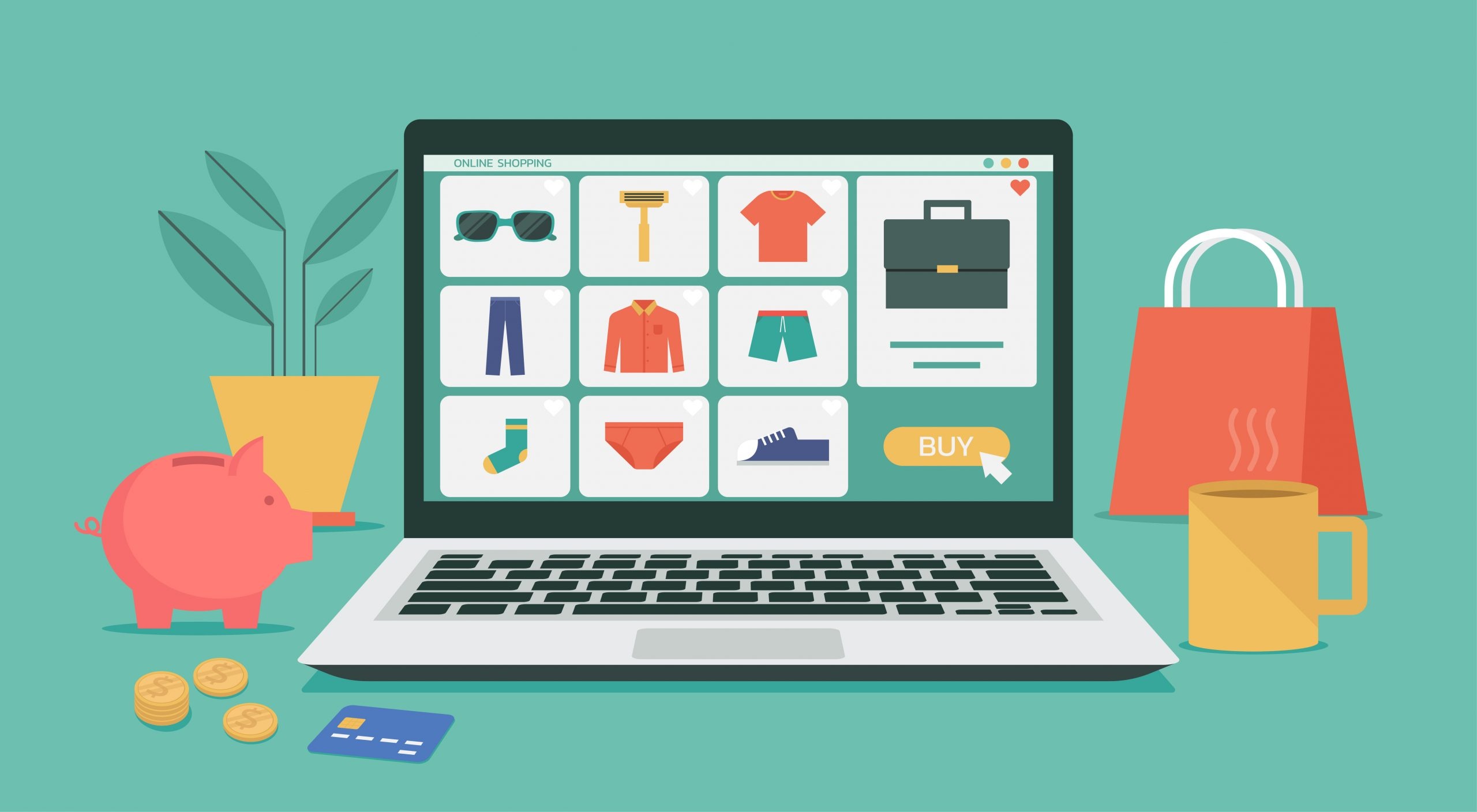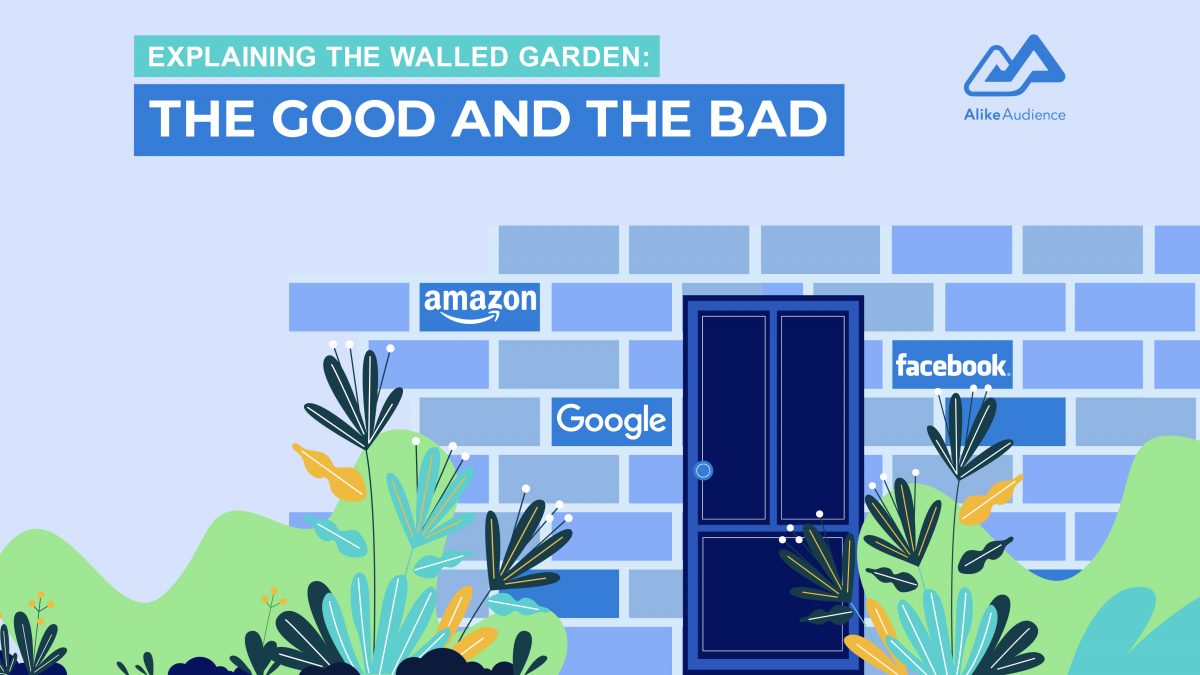
Will Retail Media Advertising’s Explosion Continue its Stunning Growth?
February 28, 2023
The world of Ad Tech is split into walled garden and the open internet. Walled gardens are programmatic advertising platforms that carry their own inventory and handle the whole process of buying, serving, tracking, and measuring. They offer a complete marketing stack for advertisers.
While in the open internet, advertisers bid on ad inventories across websites, connected TVs, and streaming services from independent buying and selling platforms.
The first walled gardens emerged in the 1970s when service providers like Tele-Communications Inc. owned all the hardware and had indirect control over information transmitted through their infrastructure. Today, walled gardens include anything from iOS systems and social media platforms to collaboration platforms and Ad Tech services, like Google and Facebook.
Some speculate that the advertising network of Walmart will become a walled garden in the future. As online shopping boomed, more customers are using e-commerce apps like Walmart-Connect, giving them leverage to follow the walled garden method.
But others don’t think so. Currently, Walmart-Connect uses independent Ad Tech vendors in the open internet, like the TradeDesk, as its tech. Other retailers are expected to follow suit and allow outsiders to bid on their platforms using third-party IDs.
Walled gardens offer a large audience pool and hence a strong leverage to entice advertisers to play by their rules. For instance, if you wanted to access the 4.3 billion users of Google, you had to buy directly from the Google owned portal, GoogleAds.
Due to this leverage, 64% out of $200 billion worth of advertising revenue went to Google, Facebook, and Amazon–the walled triopoly. On the other hand, the open internet shrank from 37% in 2019 to 35.6% in 2020.

Big Tech claims that walled gardens help advertisers reach millions of audiences and acquire new customers effortlessly. But are they really as rosy as they claim? Let’s look at the good and the bad.
Pro: Walled garden serves first party data.

Google, Facebook, and Amazon boast a total of 8 billion users. This means a vast pool of first party data is available on their ad platforms, presenting massive opportunities for advertisers in the cookie-less future.
In Ad Tech, first-party data is data that is directly collected from users of a platform, including their demographic, psychographic, location, and behavioral information. Because of this close proximity, first-party data is more accurate than second or third-party data collected from external sources.
Of course, it’s impossible to target every single audience on Google, but the larger the seed pool, the easier it is to find a niche community who are going to be your most profitable customers.
For instance, if you’re a local candle-maker, you can look at first-party data and weed out those who live in a different state or country but target your programmatic ads towards local candle lovers.
Walled gardens automatically offer this service to you. They aggregate data collected from their users and pick out audiences that are likely to engage with your brand.
With stricter privacy measures and the elimination of third-party cookies, walled giants seem to be the only choice for advertisers to reach their desired audiences.
However, data vendors in the open internet can also help you hyper target the right audiences at scale and massive reach.
For instance, AlikeAudience offers 7000+ audience segments in 13 different countries, mainly the US, Japan, Australia, Hong Kong, Korea, and Indonesia. This means you can not only dominate your regional reach but also expand into new markets.
Our audience data comes from trusted and privacy-complaint sources as we work with consumer-consented mobile IDs from 1 billion unique devices, including tablets and smartphones, and data from 1 million consented hashed emails. This provides valuable and accurate insights into demographics, psychographics, behavioral, and location information, much like first-party data.
Con: There’s no transparency into customer acquisition.

Marketers usually choose walled gardens for their advertising campaigns to leverage first party data and acquire new customers. However, these giants can’t provide visibility on which new customers you’re driving, or if you’re even reaching new customers at all.
The prevalent method to acquire new customers is to retarget your programmatic ads to those who have engaged with them before but haven’t taken the desired action yet. To do this, you need audience data with long lookback windows to analyze user behaviors accurately.
But a walled prison provides no transparency over the duration of their lookback windows, which are getting shorter. The shorter the windows are, the easier it is for them to claim they introduced you to new customers and drove ROI.
For instance, Facebook Marketing could claim that someone who visited your website 30 days ago is a new customer, when in truth, he/she has already bought your product 3 months ago. But you end up showing the same ad to this customer 10 times a day, deterring them from engaging with you again.
In the open internet, data vendors like AlikeAudience can give you full transparency into the way we build our audience segments and the lookback windows we have for each segment we offer across multiple industries and countries.
With our custom solutions, you can also set any lookback window that you want. Reach out to our data strategist to learn more.
Pro: You can cross-target devices.

Another advantage of walled gardens advertising is that user data isn’t siloed. Most users access Google and Facebook across multiple devices: desktops, mobile phones, and tablets. This means these platforms possess deterministic first party data that can be used to target users across devices with high attribution accuracy.
With deterministic data, marketers can also gain insights into user behaviors at every step of the conversion process across different devices.
Con: They don’t always act in your best interests.

Walled gardens represent both ad buyers (marketers like you) and sellers (usually the organization itself). There are irreconcilable differences between the two and it becomes difficult to act in the best interests of both.
For instance, ad buyers want to pay low CPMs for high quality data. But walled sellers want to charge high CPMs and sell all the inventory they have.
Because of this conflict of interest, walled gardens can’t guarantee objective ad measurement and reporting. It’s possible that their ad reports are exaggerated or skewed in their favor.
In reality, there’s no way of actually knowing if walled gardens drove ROI or introduced you to new customers. A closed platform has absolute control over data behind its walls and is not likely to give it up. You would just have to trust that it’s making the choices that are in your best interests.
In the open internet, ad buying and selling platforms are separated into different providers who specialize in specific fields:
- Supply-side and demand-side platforms, e.g. Pubmatic, LiveRamp
- Ad exchangers, e.g. OpenX, AppNexus
- Ad servers, e.g. Kevel, AdButler
- Ad networks, e.g. Media.Net, Conversant
- Data management platforms, e.g. SalesForce, Nielsen
- Identity resolution vendors, e.g. Ramp ID, UID 2.0
- Ad data vendors, e.g. AlikeAudience, Experian
When you have independent platforms that are solely working for you, their best interests align with yours. They’re motivated to make the best decisions for you and drive better performance and insights so you can get the most out of your advertising budgets.
Most importantly, you’ll be able to get objective data reports that paint a true picture of how your programmatic campaign is doing.
Wrapping up

We’ve presented what walled gardens in programmatic advertising are and how they can be compared against independent players in the open internet.
Walled gardens are great for leveraging first party data to touch massive audiences but can be prejudiced against your best interests. To gain more control and transparency over the ad buying process, choose independent players in the open internet who are motivated to serve you best.
With high quality data vendors like AlikeAudience, you can hyper target your most profitable audiences and touch them across premium ad inventories in the open internet.
Most importantly, we take pride in our stringent privacy standards. Our data is sourced ethically and are privacy compliant, meeting GDPR and CCPA requirements. Our team also participates in transparency, privacy standards, and addressability groups and is active in industry regulatory bodies like the IAB Tech Lab.
CONTACT OUR DATA STRATEGIST
Get high quality, global, privacy compliant audience data
